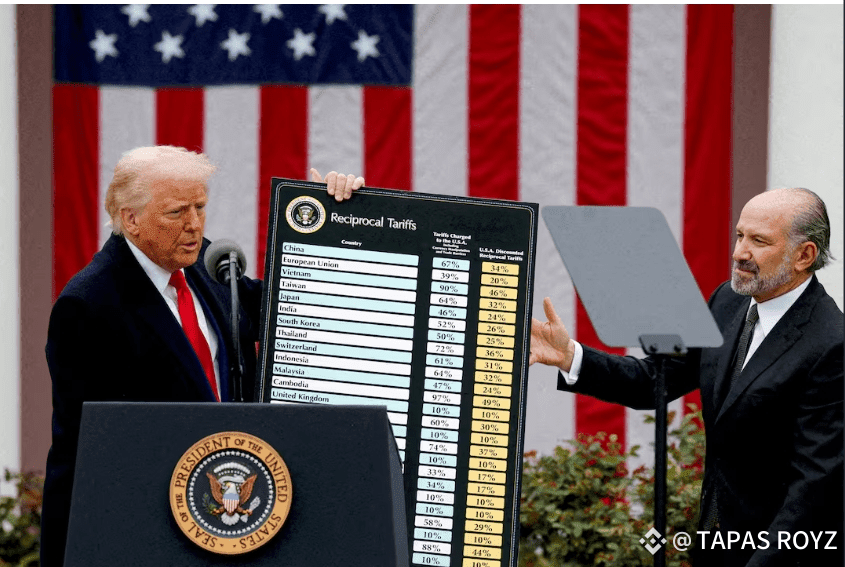 1. Historical Overview of Trump’s Tariffs
1. Historical Overview of Trump’s Tariffs
First Term (2017–2021):
Introduced broad duties including 25% on steel and 10% on aluminum, along with 30–50% tariffs on solar panels and washing machines. Tariffs on China escalated into a major trade war with retaliatory duties on both sides.
Second Term (2025–present):
A sweeping tariff overhaul began on April 2, 2025: a 10% global baseline "reciprocal tariff" effective April 5. Sector‑specific tariffs—under Section 301 (unfair practices) and Section 232 (national security)—targeted imports like steel, aluminum, autos, and semiconductors.
🌎 2. Scope & Tariff Rates
Average U.S. tariff rate rose from about 2–3% at the start of 2025 to 17–18% by August, with effective peaks above 30–50% for certain nations.
Country-specific rates include:
Canada: ~35%
Brazil: ~50%
India: ~25%
Taiwan: ~20%
Switzerland: ~39%
Baseline "reciprocal tariffs" suspend country‑specific exemptions starting August 7, 2025, affecting dozens of nations.
💰 3. Economic Impacts: Consumers & Businesses
Tariff revenue collected through July 25, 2025: ~$124 billion, on track to exceed $300 billion by year-end.
Average cost per U.S. household estimated at $1,300 to $2,400 annually, due to higher import prices.
U.S. manufacturing costs are up 2–4.5%, with risks of wage stagnation, layoffs, and closures.
Consumer prices are rising—especially goods like electronics, apparel, autos, and food. Industries scrambling with stockpiled inventory; new imports face heavier duties.
📉 4. Broader Economic Indicators
GDP growth slowed: from ~2.8% in 2024 to ~1.2–1.3% in early 2025. Manufacturing lost ~37,000 jobs since April; private investment is down sharply.
Markets are unsettled: S&P 500 and Nasdaq entered corrections in March and again in April due to tariff-induced volatility.
Ongoing trade uncertainty, widespread legal challenges, and pressure on the Federal Reserve and labor statistics credibility—highlighted by firings and resignations in early August 2025.
⚖️ 5. Legal Landscape
In V.O.S. Selections, Inc. v. Trump (May 28, 2025), a U.S. court ruled that the "Liberation Day" tariffs imposed under emergency powers (IEEPA) exceeded presidential authority—a permanent injunction halted collection—but did not affect tariffs enacted under Section 301 or 232.
🧭 6. Big Picture: Winners & Losers
Stakeholder Effects
U.S. government Gains ~$300B in tariff revenue; asserts trade leverage.
American households Face higher prices, inflation, and slower wage growth. Estimated impacts of $1,300 to $2,400/year.
Manufacturers Higher input costs, potential layoffs, reduced competitiveness.
Trading partners Several negotiated bilateral deals (EU, UK, Japan), but many poor countries face steep rates and disruption. Economy-wide retaliation affects U.S. firms.
Long-term trade relations Risk of lasting harm, diminished predictability; parallels seen with past tariff episodes.$TRUMP